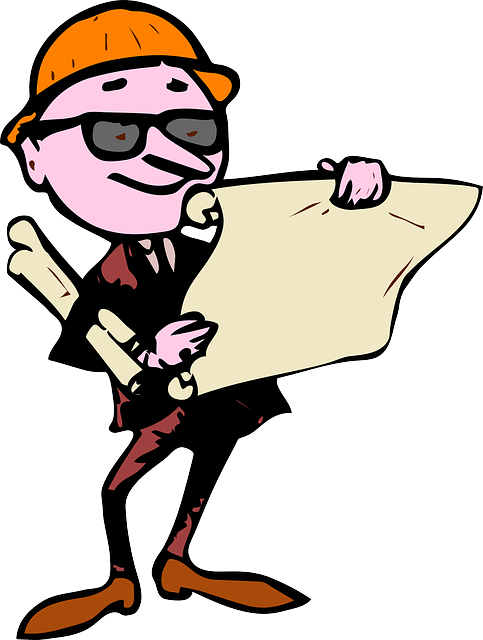1. Mechanical Engineering
2. Engineerinng Geology
3. Disaster Preparedness and Planning Management
4. Introduction to Fluid Mechanics
5. Introduction to Solid Mechanics
6. Structural Analysis
7. Materials, Testing and Evaluation
8. Civil Engineering- Social and Global Impact

Civil
First Semester
Basic Concepts- Basic concepts
Basic Concepts- Basic concepts - concept of continuum, macroscopic approach, Thermodynamic systems - closed, open and isolated. Property, state, path and process, quasistatic process, work, modes of work. Zeroth law of thermodynamics, concept of temperature and heat. Concept of ideal and real gases.
First Law of Thermodynamics
Concepts of Internal Energy, Specific Heat Capacities, Enthalpy. Energy Balance for Closed and Open Systems, Energy Balance for Steady-Flow Systems. Steady-Flow Engineering Devices. Energy Balance for Unsteady- Flow .
Second Law of Thermodynamics
Thermal energy reservoirs, heat engines energy conversion, Kelvin’s and Clausius statements of second law, the Carnot cycle, the Carnot Theorem, the thermodynamic temperature scale, the Carnot heat engine, efficiency, the Carnot refrigerator and heat pump, COP. Clausius inequality, concept of entropy, principle of increase of entropy – availability, the increase of entropy principle, perpetual-motion machines, reversible and irreversible processes, Entropy change of pure substances, isentropic processes, property diagrams involving entropy, entropy change of liquids and solids, the entropy change of ideal gases, reversible steady-flow work, minimizing the compressor work, isentropic efficiencies of steady-flow devices, and entropy balance. Energy - a measure of work potential, including work potential of energy, reversible work and irreversibility, second-law efficiency, exergy change of a system, energy transfer by heat, work, and mass, the decrease of exergy principle and exergy destruction, energy balance: closed systems and control volumes energy balance.
Properties Of Pure Substance
Properties of pure substances. Thermodynamic properties of pure substances in solid, liquid and vapour phases. Phase rule, P-V, P-T, T-V, T-S, H-S diagrams, PVT surfaces. Thermodynamic properties of steam. Calculations of work done and heat transfer in non- flow and flow processes.
Power Cycles
Vapour and combined power cycles, including the Carnot vapor cycle, Rankine cycle: the ideal cycle for vapor power, the ideal reheat and regenerative and the secondlaw analysis of vapour power cycles. Gas power cycles, including basic considerations in the analysis of power cycles, the Carnot cycle and its value in engineering, an overview of reciprocating engines, air standard assumptions, gasoline engine Otto cycle, diesel engine cycle, gas-turbine Brayton cycle, and the second-law analysis of gas power cycles.
Ideal and Real Gases and Thermodynamic Relations
Ideal and Real Gases and Thermodynamic Relations- Gas mixtures – properties ideal and real gases. Equation of state, Avogadro’s Law, Vander Waal’s equation of state, Compressibility factor, compressibility chart. Dalton’s law of partial pressure. Exact differentials, T-D relations, Maxwell’s relations. Clausius Clapeyron equations, Joule – Thomson coefficient.
Psychrometry and psychrometric charts
Psychrometry and psychrometric charts, property calculations of air vapour mixtures. Psychrometric process – Sensible heat exchange processes. Latent heat exchange processes. Adiabatic mixing, evaporative cooling. Use of standard thermodynamic tables, Mollier diagram, Psychometric chart and Refrigerant property tables. Refrigeration cycles, including refrigerators and heat pumps, the ideal reversed Carnot vapour-compression refrigeration cycle, actual vaporcompression refrigeration cycles, heat pump systems, gas refrigeration cycles, and absorption refrigeration systems.
Introduction
Branches of geology useful to civil engineering, scope of geological studies in various civil engineering projects. Department dealing with this subject in India and their scope of work- GSI, Granite Dimension Stone Cell, NIRM. Mineralogy-Mineral, Origin and composition. Physical properties of minerals, susceptibility of minerals to alteration, basic of optical mineralogy, SEM, XRD., Rock forming minerals, megascopic identification of common primary & secondary minerals.
Petrology-Rock forming processes
Petrology-Rock forming processes. Specific gravity of rocks. Ternary diagram. Igneous petrology- Volcanic Phenomenon and different materials ejected by volcanoes. Types of volcanic eruption. Concept of Hot spring and Geysers. Characteristics of different types of magma. Division of rock on the basis of depth of formation, and their characteristics. Chemical and Mineralogical Composition. Texture and its types. Various forms of rocks. IUGS Classification of phaneritic and volcanic rock.. Field Classification chart. Structures. Classification of Igneous rocks on the basis of Chemical composition. Detailed study of Acidic Igneous rocks like Granite, Rhyolite or Tuff, Felsite, Pegmatite, Hornfels. Metamorphic Aureole, Kaolinization. Landform as Tors. Engineering aspect to granite. Basic Igneous rocks Like Gabbro, Dolerite, Basalt. Engineering aspect to Basalt. Sedimentary petrology- mode of formation, Mineralogical Composition. Texture and its types, Structures, Gradation of Clastic rocks. Classification of sedimentary rocks and their characteristics. Detailed study of Conglomerate, Breccia, Sandstone, Mudstone and Shale, Limestone Metamorphic petrology- Agents and types of metamorphism, metamorphic grades, Mineralogical composition, structures & textures in metamorphic rocks. Important Distinguishing features of rocks as Rock cleavage, Schistosity, Foliation. Classification. Detailed study of Gneiss, Schist, Slate with engineering consideration.
Physical Geology
Weathering. Erosion and Denudation. Factors affecting weathering and product of weathering. Engineering consideration. Superficial deposits and its geotechnical importance: Water fall and Gorges, River meandering, Alluvium, Glacial deposits, Laterite (engineering aspects), Desert Landform, Loess, Residual deposits of Clay with flints, Solifluction deposits, mudflows, Coastal deposits.
Strength Behavior of Rocks
Stress and Strain in rocks. Concept of Rock Deformation & Tectonics. Dip and Strike. Outcrop and width of outcrop. Inliers and Outliers. Main types of discontinuities according to size. Fold- Types and nomenclature, Criteria for their recognition in field. Faults: Classification, recognition in field, effects on outcrops. Joints & Unconformity; Types, Stresses responsible, geotechnical importance. Importance of structural elements in engineering operations. Consequences of failure as land sliding, Earthquake and Subsidence. Strength